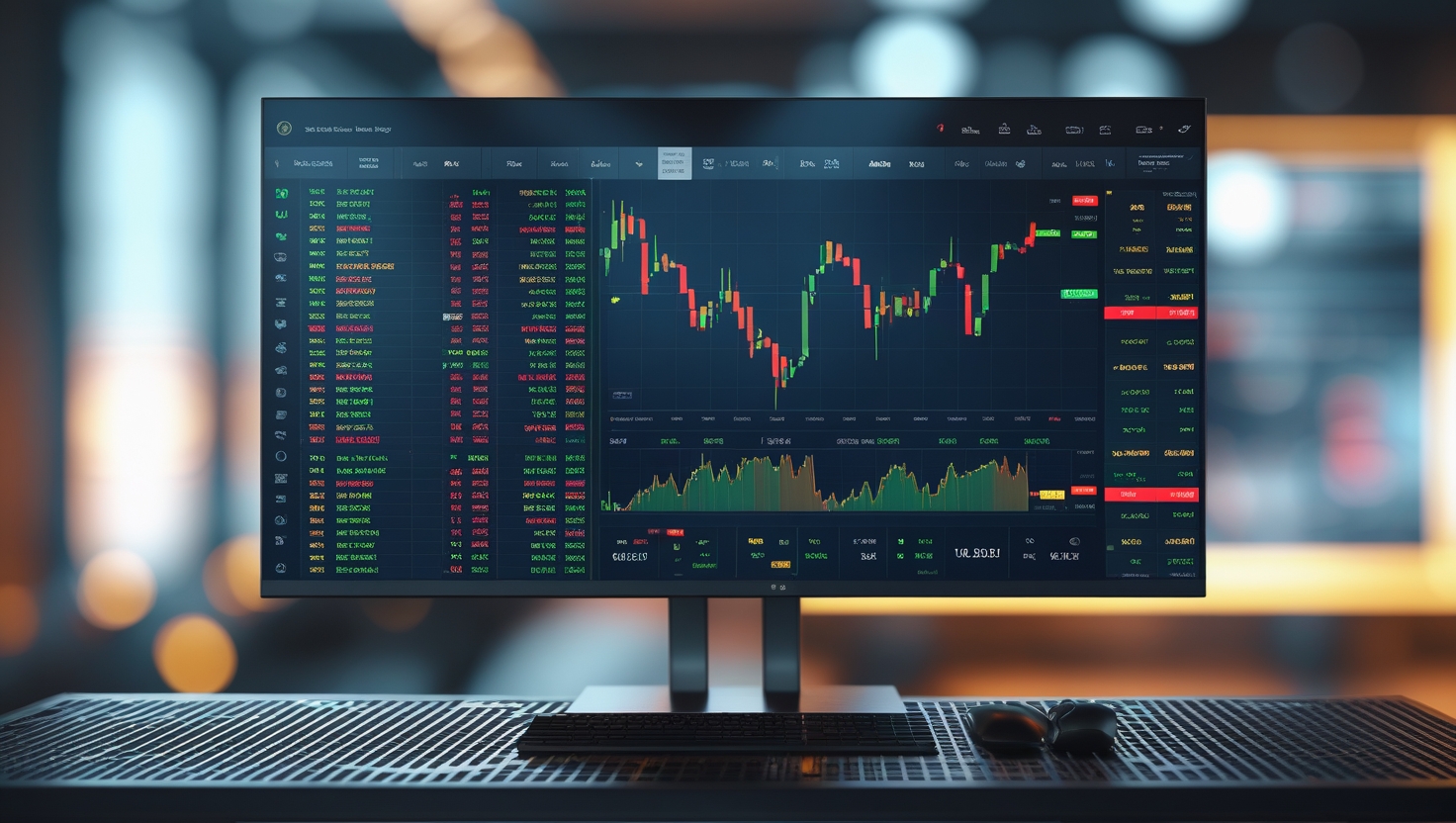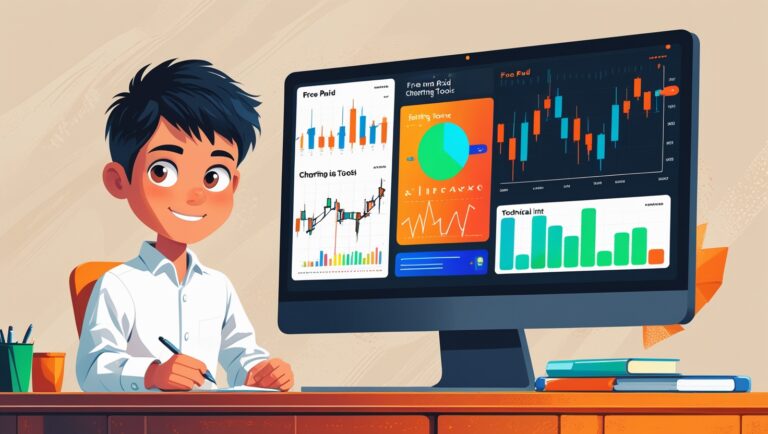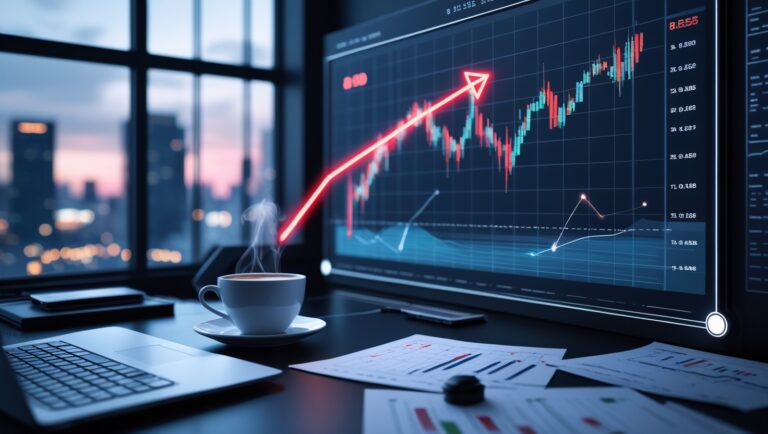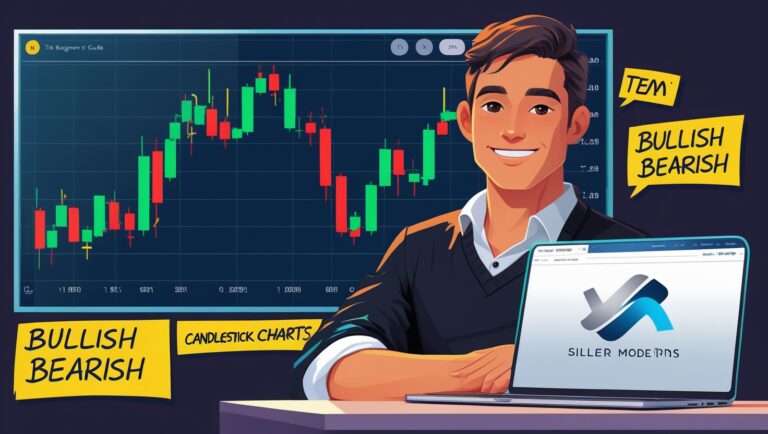What I Do When Nothing on My Watchlist Looks Good
What I Do When Nothing on My Watchlist Looks Good
There are days I wake up, run through my scans, check my watchlist… and absolutely nothing looks good. No clean setups, no ideal levels, no volume. Just noise. Years ago, I would’ve panicked and forced a trade anyway. But now? I do something different.
I do nothing.
And believe it or not, that shift in mindset — the ability to sit out — has made me more consistent than ever.
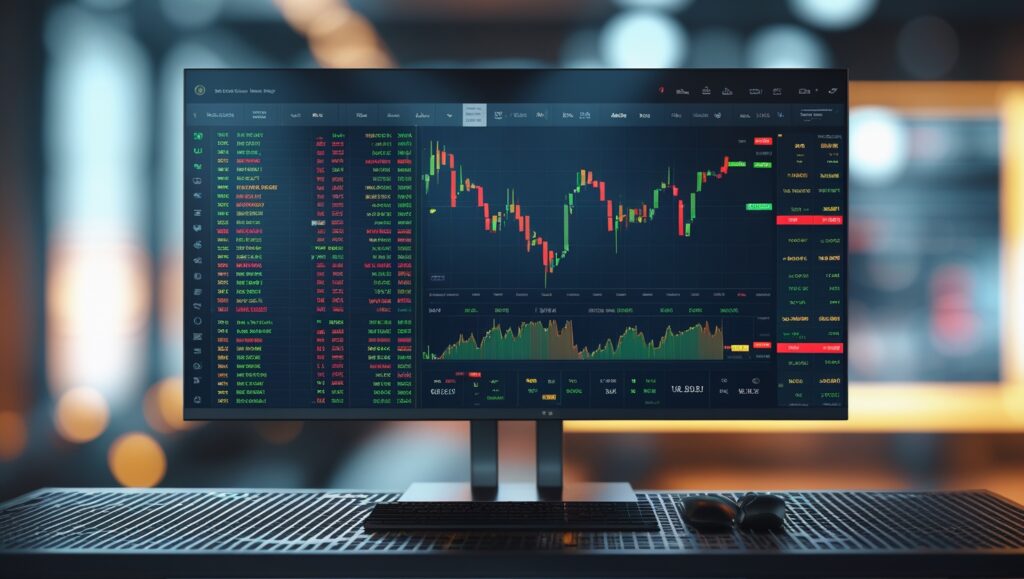
Table of Contents
The Old Me Would’ve Forced It
I used to think every trading day had to be productive. If I wasn’t placing a trade, I felt like I was falling behind. So even when my watchlist was trash, I’d try to make something out of nothing. I’d trade weak setups with hope instead of confirmation.
The result? Red days. Not just small red days either — usually those emotional, unnecessary trades would snowball into bigger losses. I was giving money away because I didn’t want to feel left out of the market.
The Market Doesn’t Owe Me a Setup
Once I internalized this idea — that the market doesn’t care if I want to trade — everything changed. The market will do what it wants. My only job is to react when my setup appears — not before, not after.
So now, if nothing on my list meets my criteria, I don’t touch a thing. I might review charts, study past trades, or simply shut it down and walk away.
What I Do Instead of Forcing a Trade
On slow days, I use the time to sharpen my edge. Here’s what I actually do when nothing looks right:
- Review my trade journal to reinforce patterns I trust
- Backtest a setup I’m working on
- Scan for different tickers or sectors that may not have been on my radar
- Watch how price respects key levels — even without trading
- Create content or notes that help me reflect on my growth
Some of my biggest leaps in understanding the market happened on the days I didn’t trade.
Sitting Out Is a Strategy
I treat flat days as just another outcome — like a win or a loss. If I didn’t trade and protected my capital, that’s a win in my book.
Patience is part of my system now. I don’t jump in unless the trade checks all the boxes. Why? Because I’ve seen what happens when I chase weak setups. And I’ve also seen how powerful a clean, planned trade can be when I wait for it.
Want to See the Strategy I Wait For?
In my ebook, I break down exactly how I build my watchlist, what I look for in a setup, and why I only trade a few times per week — but still manage to pay my bills from it.
No indicators, no hype, no alerts — just a real system that works when you wait for the market to come to you.
Final Thoughts
You don’t get paid in trading for activity — you get paid for discipline. The market rewards patience, not panic. So when nothing looks good, I don’t trade. I protect my energy, my account, and my mindset.
If you’re forcing trades just because it’s Monday or you feel like you “should” be in something — stop. Sit out. Review. Study. The market will be here tomorrow. And when that A+ setup does come? You’ll be ready.
When I stopped trying to “force green days,” everything changed. I used to think not trading meant I failed that day. But now, I see it differently. Preserving my capital is part of the job — and sometimes the best trade is the one I didn’t take.
One mindset shift that helped me was this: there’s always another setup coming. Missing today doesn’t mean I miss forever. There will always be another opportunity — maybe not in this session, but maybe tomorrow, next week, or next month.
I also realized that slow days are a gift if I use them right. When nothing moves, I have time to refine my strategy, review trade history, and even build watchlists for the rest of the week. That’s how you grow when the market’s not cooperating.
Some of my biggest breakthroughs came on days I didn’t trade. I’d go back and analyze the last 10 trades I took, study my emotions, spot mistakes I kept making — and then actually fix them. That kind of self-review is where real improvement happens.
If you’re serious about trading full-time, you need to learn to treat trading like a business. And no good business makes random decisions without a clear plan. Sitting out when conditions aren’t right is not weakness — it’s professionalism.
I’ve also noticed that after sitting out bad setups, I have more emotional control the next day. I’m calmer, more focused, and I don’t feel rushed. That helps me execute better when a real setup appears — instead of being mentally exhausted from the day before.
One thing that helps me stay sharp on slow days is screen-recording or journaling my thought process — even if I don’t take a trade. I ask myself: what did I see today? Why did I pass? Would I take that same pass again? This builds mental reps that pay off later.
Sometimes, I’ll use the quiet time to explore tickers outside my usual list. That’s how I found new runners, sector rotations, and even pre-market movers I wasn’t paying attention to. But I do it with the same discipline — no clean setup, no entry.
If I start feeling anxious or desperate to “just be in something,” I shut it down completely. I log out of my broker, close the charts, and walk away. That’s a muscle you have to train — and it’s saved me from more losses than any indicator ever could.
I used to envy traders who were constantly posting trades and entries online. Now? I respect the ones who know how to wait. There’s power in doing nothing when nothing makes sense. That’s a level of discipline most traders never reach.
And if you’re unsure what even qualifies as a clean setup — I teach everything I look for in my trades inside this:
👉 Pay Your Bills with Stocks
It’s the blueprint I use to find trades that pay — and skip the ones that don’t. If I had learned these lessons earlier, I would’ve saved myself from a lot of red days and frustration.

Stay ahead in the stock market! Subscribe to our newsletter and receive exclusive stock flow reports, trading insights, and actionable tips directly in your inbox. Join thousands of traders who get our updates first.

